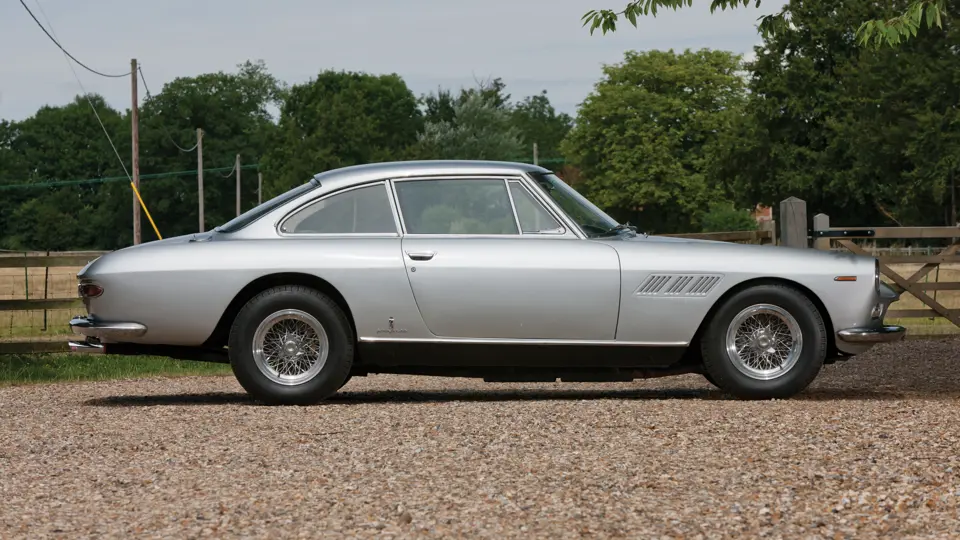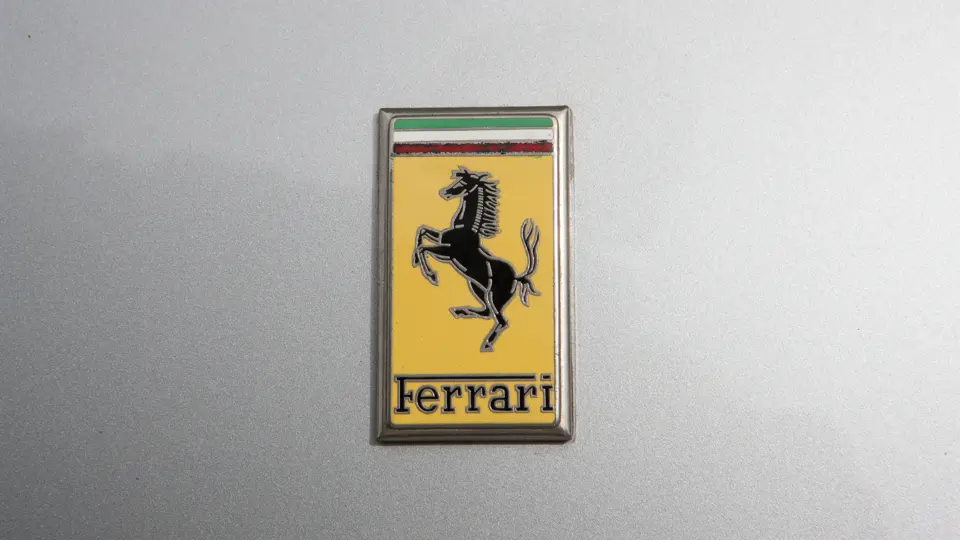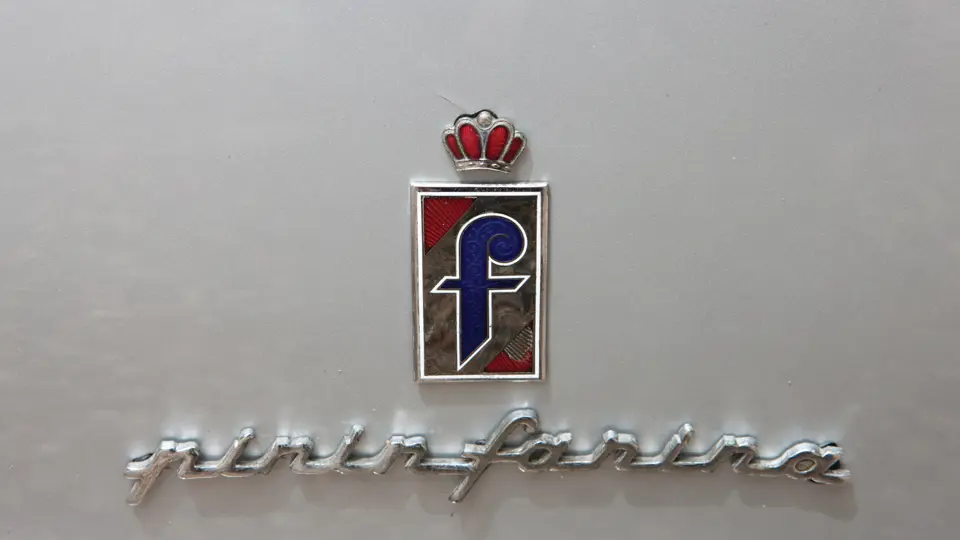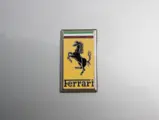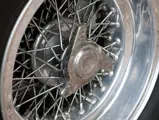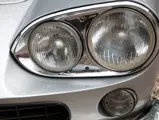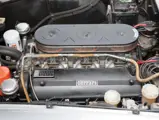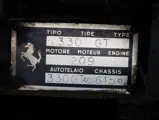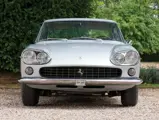300 bhp, 3,967 cc single overhead-camshaft Colombo V-12 engine with triple Weber carburettors, four-speed manual transmission with overdrive, front and rear independent suspension, and four-wheel hydraulic disc brakes. Wheelbase: 2,650 mm
Replacing the 250 GTE 2+2 and the limited production 330 America, the Ferrari 330 GT 2+2 made its first public appearance at the Brussels Salon in January of 1964. This new model helped carry on the success of the 2+2 models of the immediate past with several key updates, hoping to see an increase in sales over the 250 GTE 2+2.
Ferrari’s new four-seater featured a completely new body style from Pininfarina, one that was very distinctive from the other Ferrari models on sale at the time. The easiest way to identify a 330 GT 2+2 Series I is by its quad headlight front end. The Series II cars adapted dual headlights, leaving the Series I as the sole model of the entire 330 GT 2+2 production run to wear quad headlights. Other notable cosmetic changes include more angular nose and tail sections from the 250 GTE 2+2 and the introduction of a wider front grille to help increase airflow to the engine.
Following in the footsteps of the 330 America in terms of its drivetrain, the 330 GT 2+2 shared its four-litre V-12 engine, which was mated to the existing four-speed plus overdrive transmission in the 250 GTE. Wheelbase increased by two inches, and with the installation of Koni adjustable shock absorbers, handling improved immensely. Before production began on the updated and further redesigned Series II, Ferrari had produced 625 Series I cars.
As the seventy-fifth 330 GT 2+2 built, this 1964 example was clothed in Grigio Argento 18940 M paint and a Nero VM 8500 leather interior, and it was sold new in Milan through famed Ferrari dealer Crepaldi in its native country of Italy. The car on sale today was sold again, this time in Switzerland, in 1966, where it was purchased by Peter Monteverdi, to reside in his Monteverdi Auto Collection and Museum in Binningen, Switzerland, where the car received a repaint in its original colour. Monteverdi attempted to sell this 330 at the Christie’s auction of his own collection in April of 1992, but the car did not sell, and Monteverdi eventually sold the car privately in 1994.
This matching-numbers 330 GT 2+2 was then purchased by a Ferrari enthusiast in the early 2000s. After having been displayed in a museum for many years, the engine appears to be seized and is in need of an extensive refurbishment. Cosmetically, the car beenfits from an older restoration and retains its mostly original interior. This 330 GT would be an excellent candidate for restoration.
As 330-series Ferraris become more desirable to collectors, the 330 GT 2+2 provides an opportunity into Ferrari ownership at a reasonable price. The car’s silver paintwork suits a 2+2 Ferrari such as this, whilst also showing off the distinctive shape of the Series I well. This car will surely prove to be a fantastic driver and can easily accommodate a family of four on brief outings, which is something rare in the world of Enzo era Ferraris.

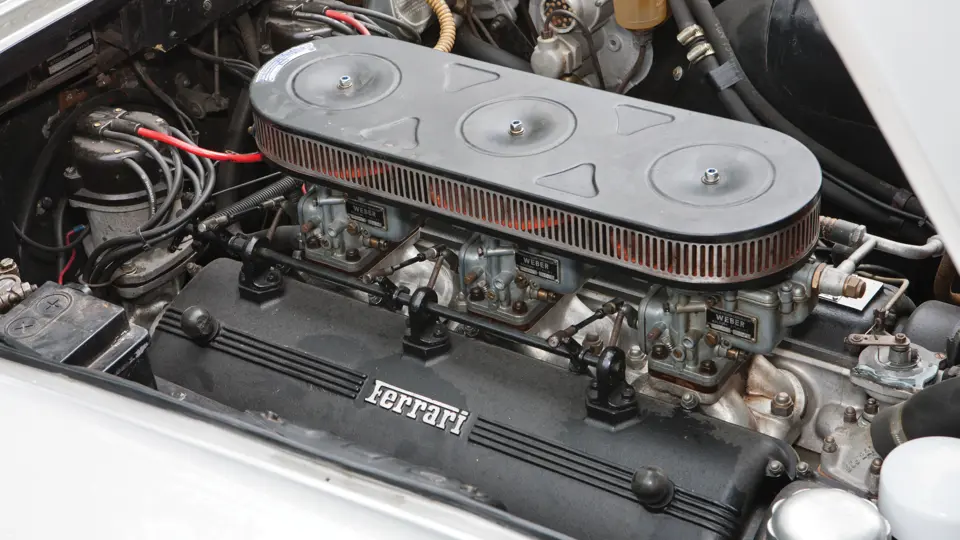



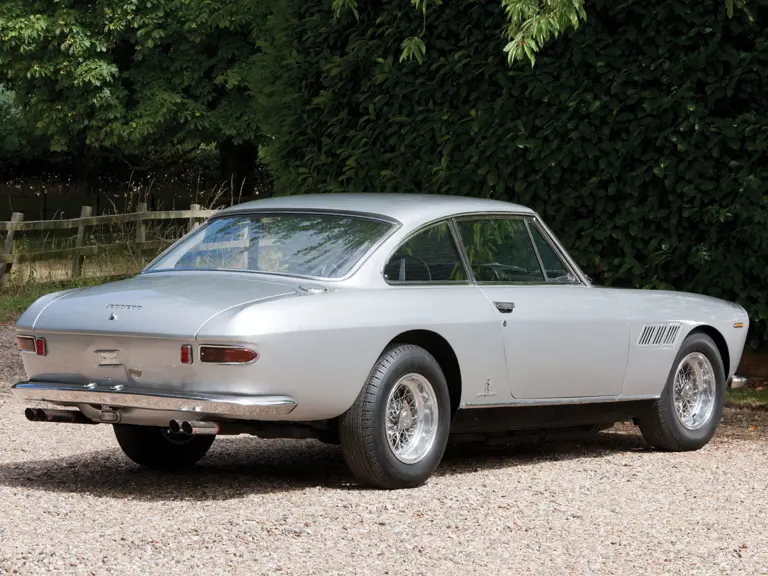

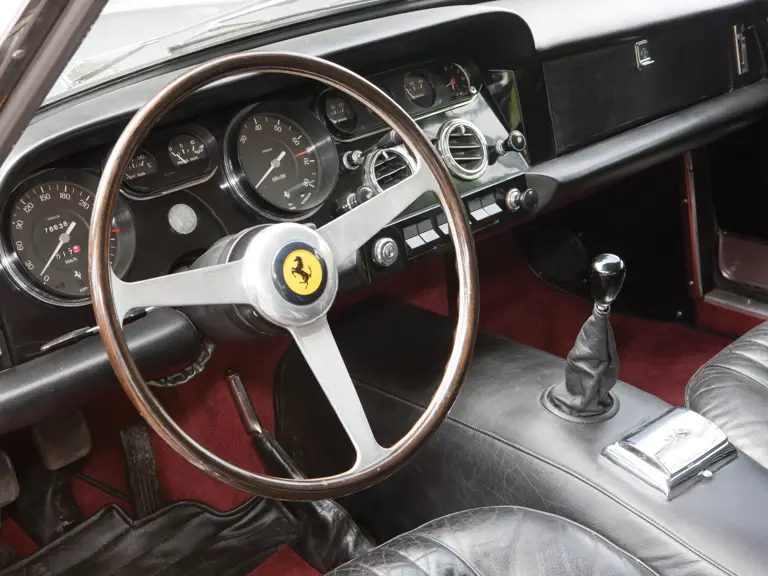
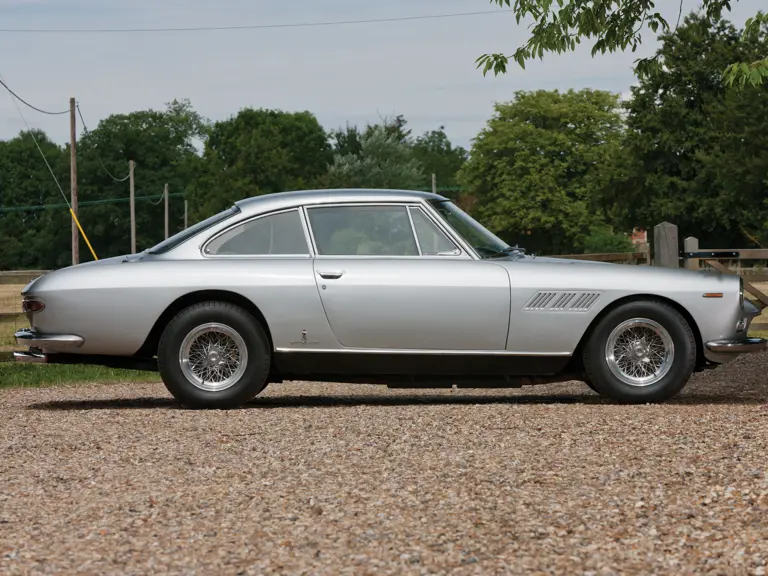
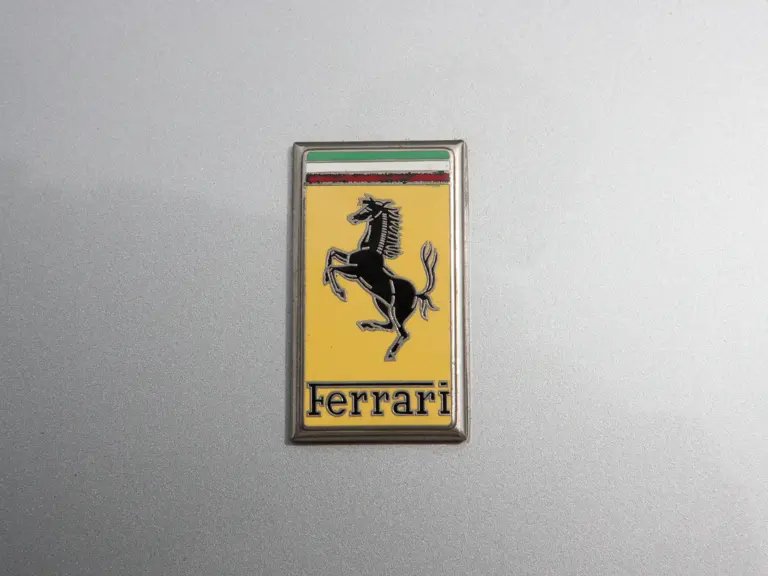

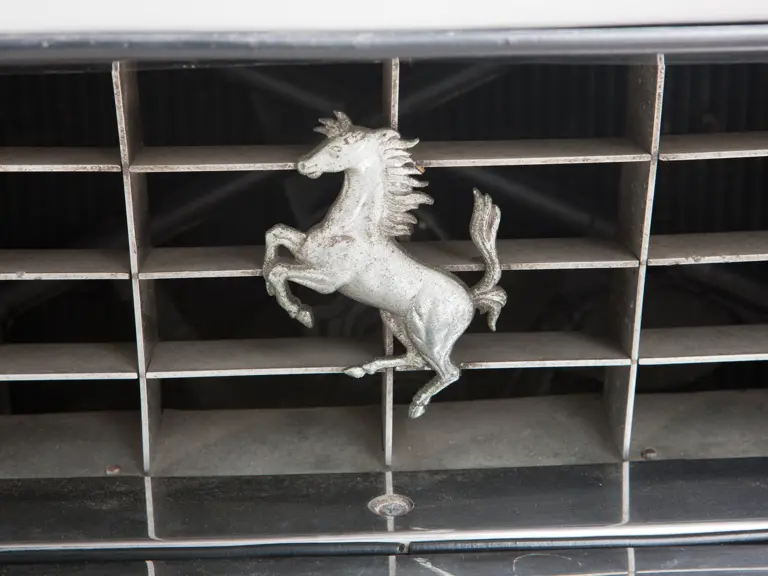
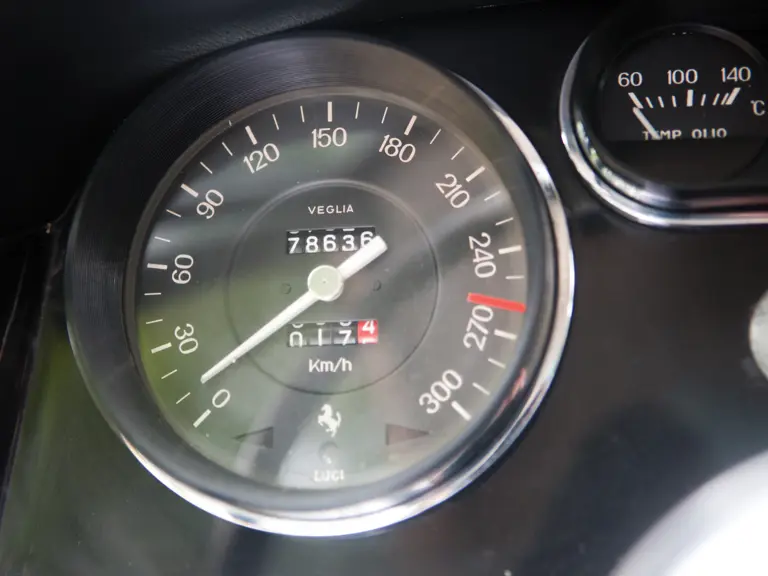
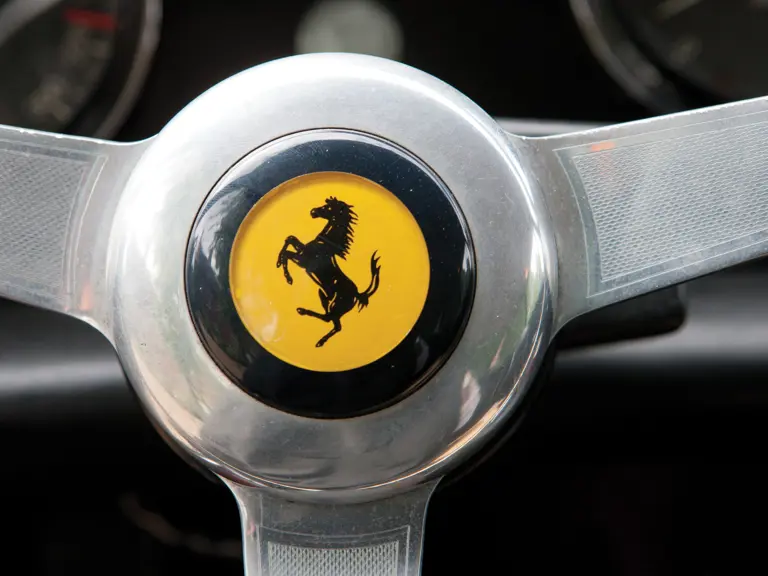
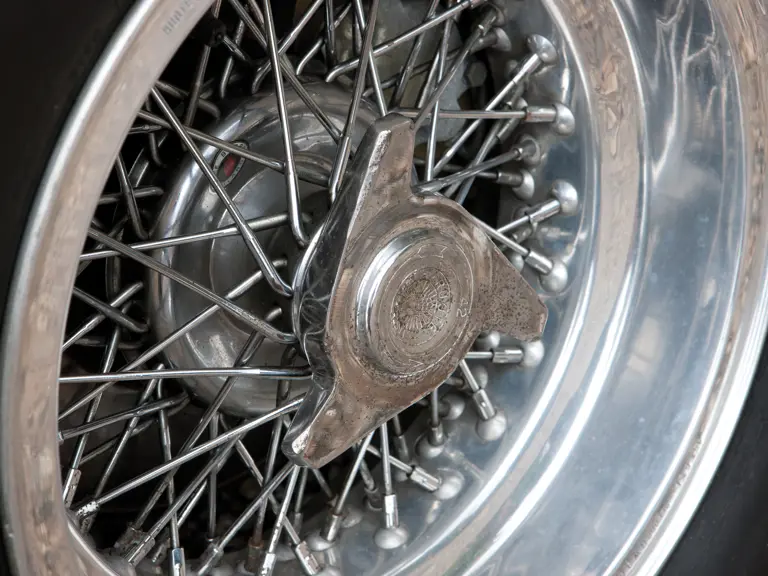
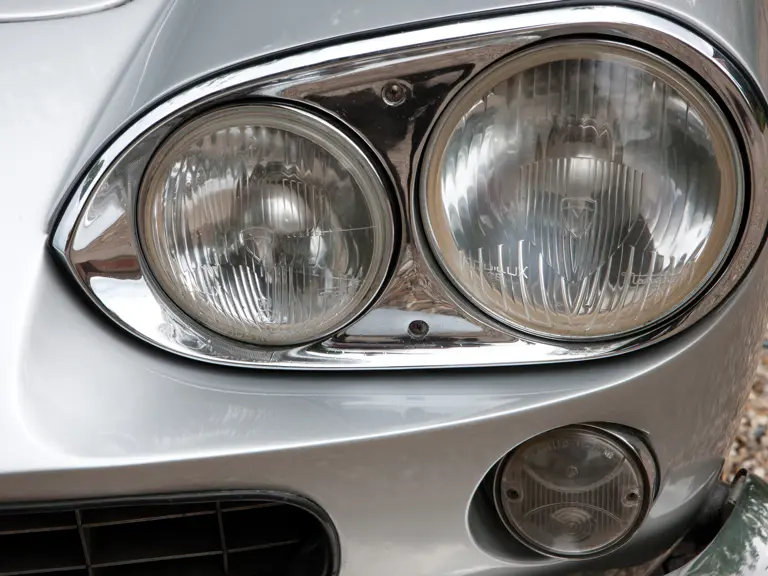
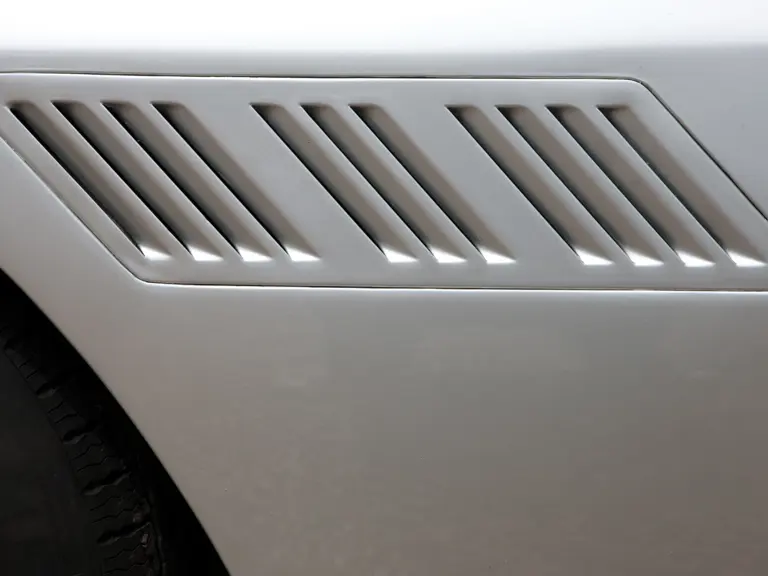
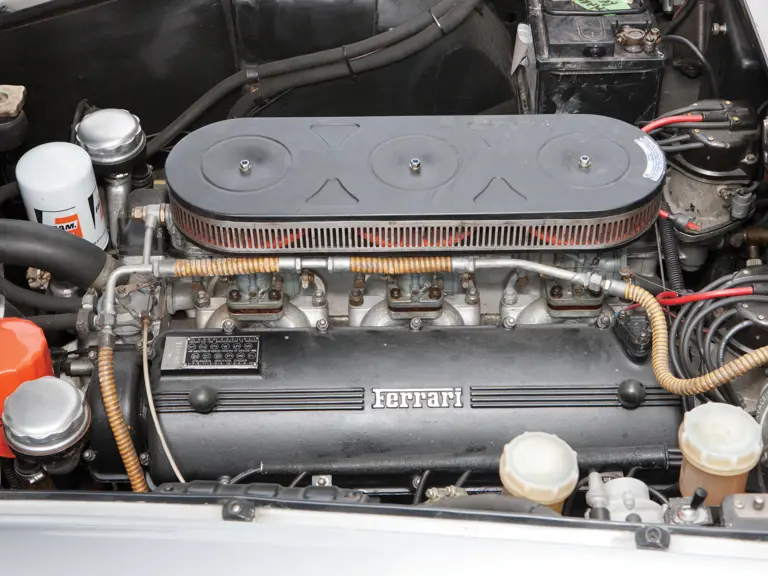

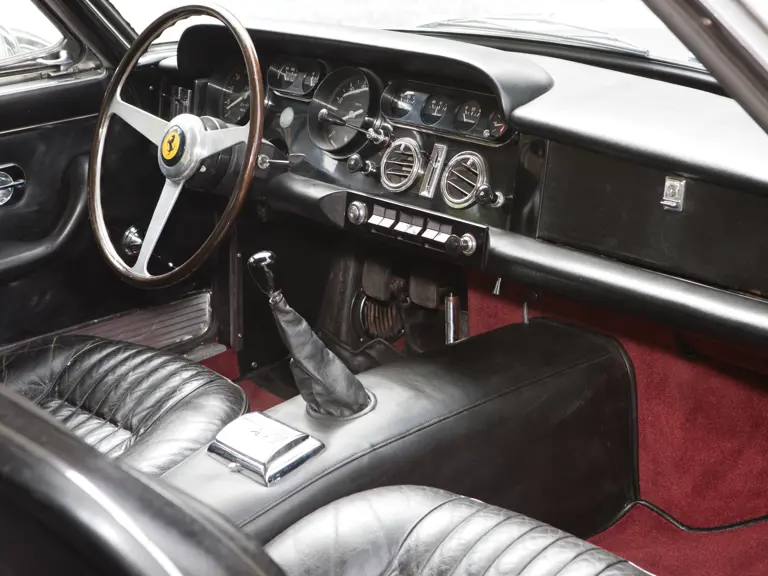
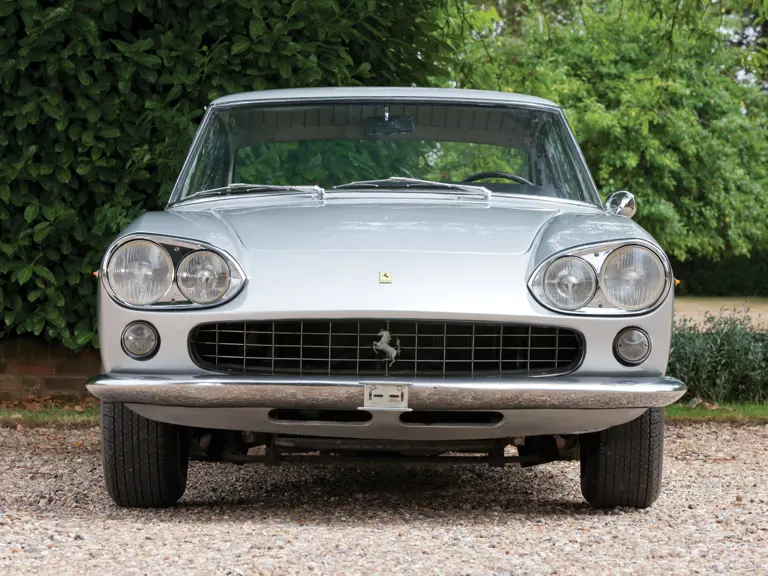

 | London, United Kingdom
| London, United Kingdom
